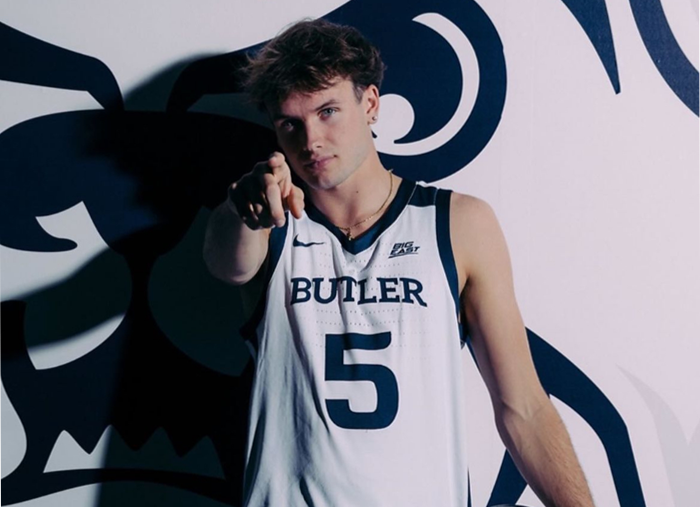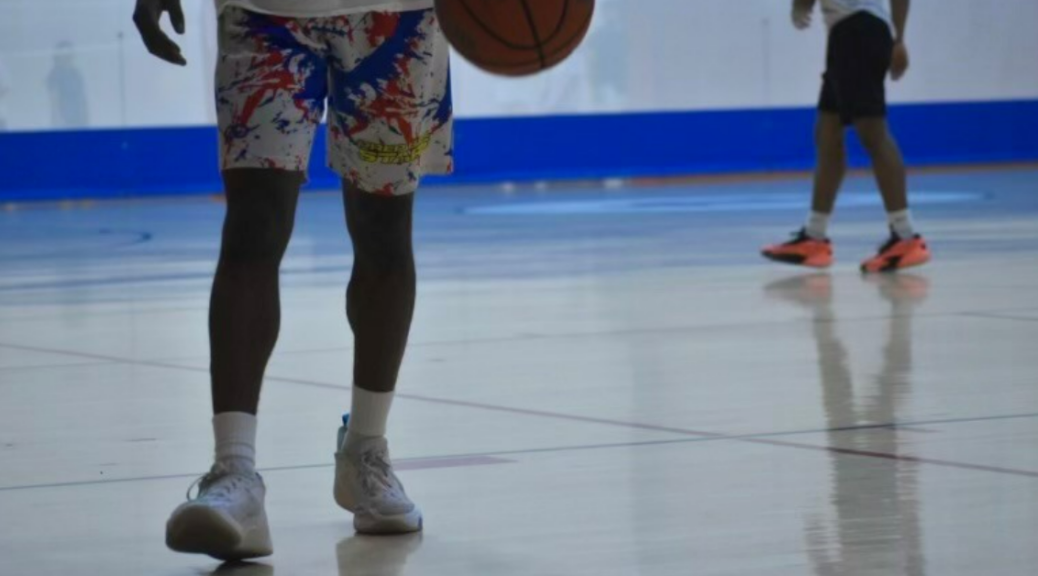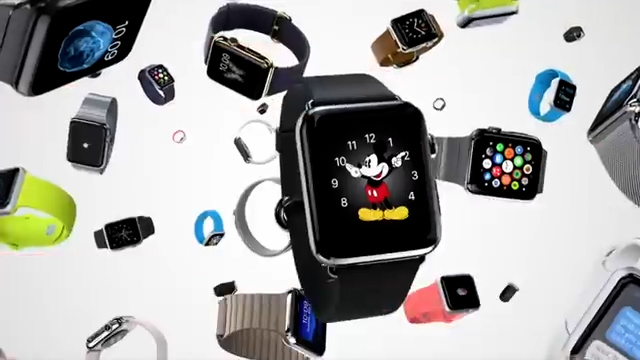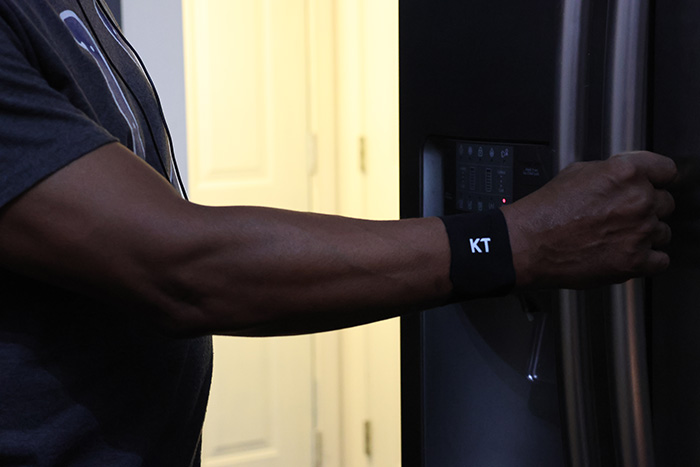The Impact of NIL: Redefining College Athletes and The Athletic Landscape
FOR IMMEDIATE RELEASE
The Impact of NIL: Redefining College Athletes and The Athletic Landscape
Media Contacts
Ethan Bonheur
Gabe Morrison
Lauren Kuechenberg
With the NCAA’s 2021 decision allowing college athletes to profit off their name, image, and likeness (NIL), student-athletes nationwide have gained new opportunities and complex choices. No longer bound by NCAA restrictions on athlete compensation, students now weigh financial opportunities alongside traditional factors when choosing colleges. This has made NIL a critical factor in the recruitment process, with schools nationwide—particularly in states like Indiana—without comprehensive NIL laws. For Butler University’s D1 basketball player, Ryder Cate, deciding where to play college ball wasn’t just about finding the right coach or campus culture. The potential for NIL income had become a part of his college equation—a factor unimaginable a few years ago. Emily Bonchik, Chair of the Student Athletic Board at Indiana University, observes this shift firsthand. “High school athletes today are looking for a complete package in their college experience,” she explains. “They’re not only evaluating athletic facilities and academic programs; they’re also considering which schools have robust NIL support systems that can maximize their financial opportunities and brand-building potential.”

NIL rights have transformed the college recruitment landscape, promoting high school athletes to consider not only where they can play well but also where they can earn well. This shift is particularly significant for athletes like Cate, who have the potential to leverage their talents and social media followings for financial gain. Dr. Galen Clavio, director of the National Sports Journalism Center at Indiana University, notes that NIL has fundamentally changed how athletes approach recruitment. “We are seeing athletes become more strategic in their choices.” He states, “For many, especially those from financially constructed backgrounds, NIL income is not just a bonus; it’s a necessity that can significantly impact their futures.
In Indiana, the absence of specific NIL legislation until recently has presented challenges for the state’s schools in competing for top talent. While other states, like California and Texas, have enacted laws that promote NIL activities for athletes, Indiana has taken a more cautious approach. However, the Indiana University Athletic NIL Policy, updated in September 2023, provides a comprehensive framework for student-athletes to engage in NIL activities while following NCAA regulations. Bonchik describes IU’s proactive stance in addressing these challenges. “We’ve started initiatives to educate athletes about NIL and help them navigate the process,” she states. ”Understanding contracts and how to build a personal brand are critical skills for our athletes in this new environment. Bonchik highlights that Indiana University has been at the forefront of integrating NIL education into its athletic programs, ensuring that student-athletes are well-informed about their rights and opportunities. “It’s about empowering our athletes to make informed decisions,” she said. “We want them to take full advantage of the resources available to them.”

The introduction of NIL rights has brought numerous opportunities for athletes, but it also creates challenges. According to an article from ESPN, while NIL has been a bonus for many athletes, concerns remain regarding equity and access. Some schools, particularly those with fewer resources, struggle to provide the same level of support as larger programs. This imbalance can create hurdles in recruitment, as athletes tend to gravitate toward schools with established NIL networks. Dr. Clavio elaborates on this issue: “The disparity in NIL resources can lead to uneven recruitment practices. Schools that can offer robust support systems and connections to local businesses have a significant advantage in attracting top talent.” This financial imbalance not only affects the athletes but also the competitive landscape of college sports, creating a situation where some programs are more likely to attract athletes based on their NIL capabilities.

In response to these changes, some universities are investing in resources to prepare their athletes for the complexities of NIL. This includes workshops, mentorship programs, and legal assistance for understanding contracts and negotiations. The Indiana University NIL initiative, which enlists law students to help navigate NIL agreements, exemplifies the university’s commitment to supporting its student athletes in this new landscape. Bouchik says, “Our goal is to ensure that athletes are not capitalizing on NIL opportunities but also able to balance these pursuits with their academic and athletic responsibilities.” The initiative has proven beneficial for many athletes, allowing them to focus on their sports and academics while simultaneously exploring their earning potential. Cate, reflecting on his experience at Butler University, states, “Knowing that the university supports us in understanding NIL was a huge factor in my decision. It makes a difference to have resources available to navigate this new terrain.” Cate emphasizes that athletes should not only seek financial gain but also prioritize personal growth and education.
As the NCAA continues to refine its approach to NIL and more states develop supportive legislation, the recruitment landscape will continue to evolve. Athletes will increasingly weigh financial opportunities alongside traditional factors such as coaching and academic programs. For Cate and his peers, the message is clear: the future of college sports is not just about playing games; it’s about building brands and securing financial futures. “We’re in a new era of college athletics,” Cate says. “NIL is a game changer, and it’s exciting to see how it will shape the future for athletes like me.” The NIL era represents an opportunity to not only compete at the highest level but also take charge of their financial destiness. As this continues to evolve, the potential for growth and empowerment within college sports has never been better, making it an exciting time for athletes.
We interviewed a variety of IU faculty and students to hear their thoughts on NIL. NIL has played a major role for college athletes for the past few years and now it has become more important than ever making it a popular topic of discussion.
References
ESPN. (2023). How NIL has impacted college sports: Balancing opportunities and challenges. ESPN. Retrieved October 2023.
Indiana University. (2023). IU athletic NIL policy: Guidance for student-athletes.
###





